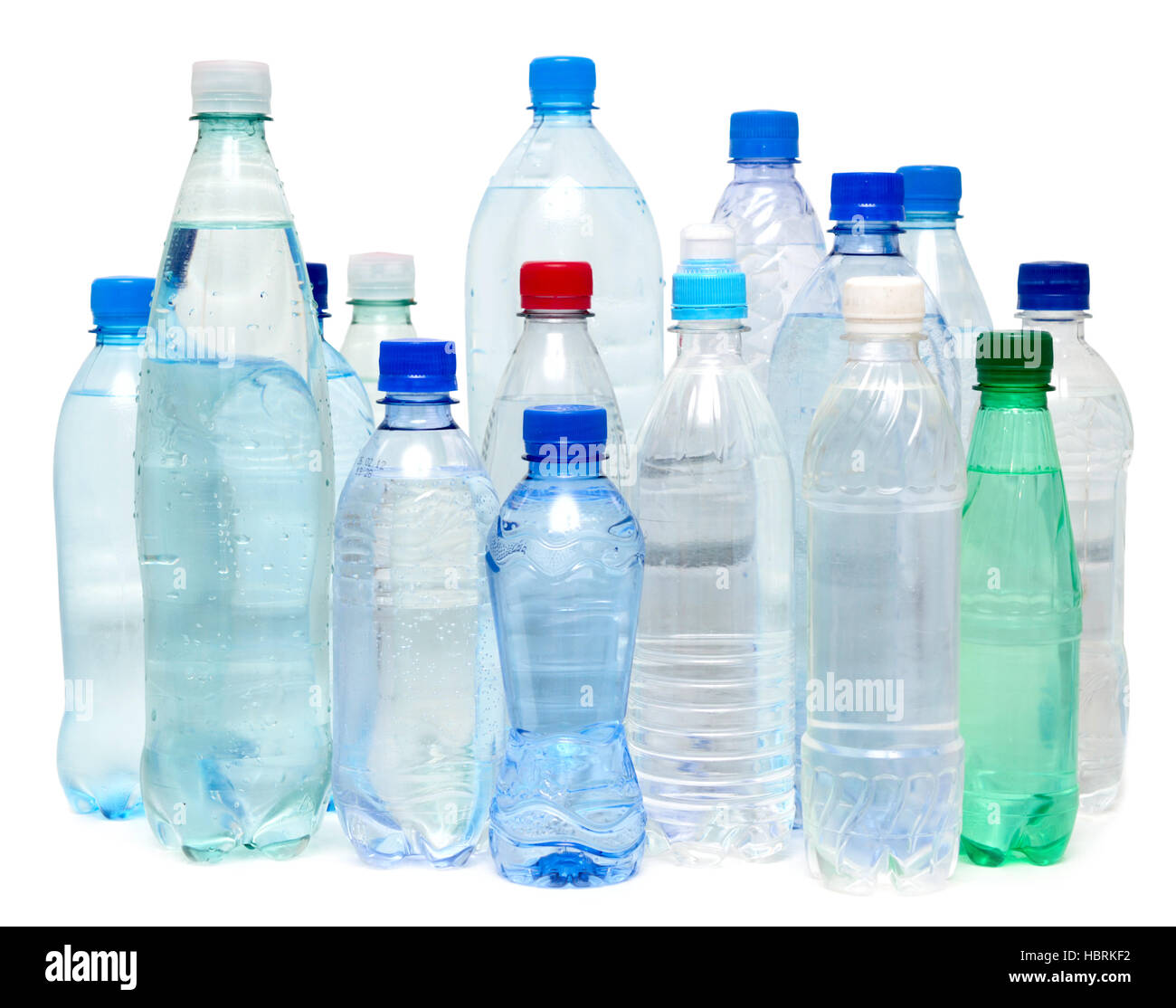In the world of beverage packaging, the importance of maintaining freshness cannot be overstated. The science behind bottle cap sealants plays a crucial role in preserving the flavor, aroma, and overall quality of drinks. This article delves into the chemistry, technology, and practical implications of bottle cap sealants, providing a comprehensive understanding of how they keep your favorite beverages fresh.
Understanding the Purpose of Sealants

Bottle cap sealants serve as the first line of defense against contamination and spoilage. They are designed to create an airtight seal that prevents external factors from affecting the contents of the bottle. The primary purposes of sealants include:
- Preservation of Carbonation: For carbonated beverages, maintaining the fizziness is essential. Sealants help to prevent gas escape.
- Prevention of Contamination: Sealants protect drinks from microorganisms, dust, and other contaminants.
- Flavor Retention: They minimize the risk of oxidation, which can alter the taste of drinks.
The Chemistry of Sealants
The materials used in bottle cap sealants are typically made from various polymers and elastomers. Common materials include:
- Polyethylene (PE): A widely used thermoplastic that offers good moisture barrier properties.
- Polyvinyl Chloride (PVC): Known for its durability and resistance to chemicals.
- Rubber Compounds: Often used in gaskets, these provide flexibility and an excellent seal.
These materials are engineered to provide optimal sealing properties, ensuring that the cap fits snugly onto the bottle neck, creating a barrier that inhibits air and moisture transfer.
The Role of Pressure in Beverage Sealants
Pressure plays a significant role in the efficacy of bottle cap sealants, especially for carbonated beverages. When a bottle is sealed, the carbonation creates internal pressure that helps maintain the integrity of the seal. This pressure contributes to:
- Carbon Dioxide Retention: The seal prevents CO2 from escaping, keeping the drink bubbly and fresh.
- Foam Control: A proper seal prevents excessive foam when the bottle is opened, enhancing the drinking experience.
Case Studies: Effective Sealants in Action
Several beverage companies have invested heavily in sealant technology to enhance product quality and customer satisfaction. Here are a couple of notable examples:
Coca-Cola: The Power of the PET Bottle
Coca-Cola utilizes polyethylene terephthalate (PET) for its bottles, combined with a specialized cap sealant that provides an airtight seal. Research indicates that PET bottles with advanced sealants can retain carbonation for over six months, significantly extending shelf life compared to traditional packaging methods.
Craft Beer Industry: The Importance of Crown Caps

In the craft beer industry, maintaining the integrity of the brew is crucial for flavor preservation. Many breweries use crown caps with rubber liners that provide an excellent seal. Studies show that beers sealed with these caps can maintain their intended flavor profile for longer periods, which is vital for brands aiming to deliver a consistent product to consumers.
Challenges in Sealant Technology

Despite advancements, challenges persist in the development of effective sealants. Some of the key issues include:
- Environmental Impact: Many traditional sealants are not biodegradable, leading to environmental concerns.
- Cost of Materials: High-quality sealants can be more expensive, impacting production costs.
- Compatibility with Different Beverages: Different drinks require specific sealant properties, complicating the design process.
Future Innovations in Bottle Cap Sealants

The future of bottle cap sealants is promising, with ongoing research focusing on sustainable materials and smarter technologies. Here are some trends to watch:
- Bio-Based Sealants: Companies are exploring plant-based materials that offer similar sealing properties while being environmentally friendly.
- Smart Seal Technology: Innovations in sensor technology could lead to caps that indicate freshness levels or seal integrity.
- Recyclable and Reusable Solutions: Efforts are underway to develop sealants that can be easily recycled or reused.
The Economic Impact of Sealant Technology

The beverage industry is a multi-billion dollar sector, with packaging playing a vital role in profitability. Effective sealants contribute to:
- Reduced Waste: Longer shelf life means less product is wasted, translating to higher profits.
- Brand Loyalty: Consistently fresh products enhance customer satisfaction and encourage repeat purchases.
- Market Expansion: Improved packaging technology allows companies to enter new markets with confidence, knowing their products will maintain quality.
Conclusion: The Unsung Heroes of Beverage Preservation
/waterbottle_lineup_reshoot_1-630ca81c320c48d684f269d82783acb2.jpeg)
In summary, the science behind bottle cap sealants is a fascinating interplay of chemistry, technology, and consumer needs. These crucial components play a vital role in preserving the quality and freshness of beverages, ensuring that consumers enjoy their drinks as intended. As the beverage industry continues to innovate, the future of sealant technology looks bright, promising improvements in sustainability and effectiveness. Understanding the science behind these sealants not only enhances our appreciation of our favorite drinks but also highlights the ongoing advancements in food and beverage preservation techniques.


